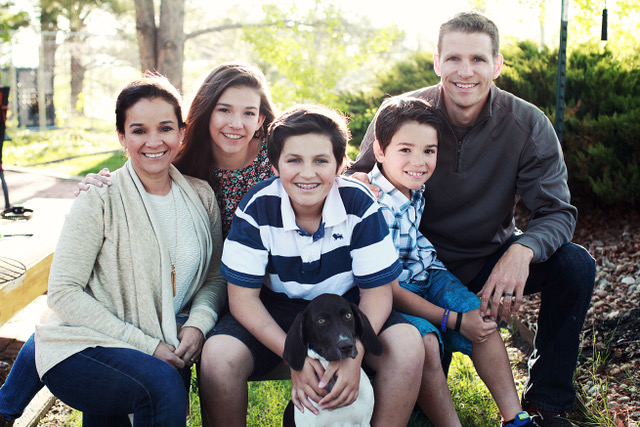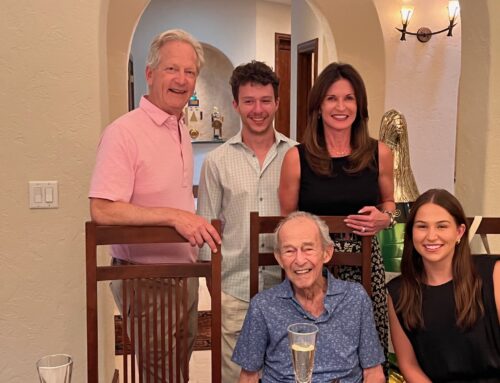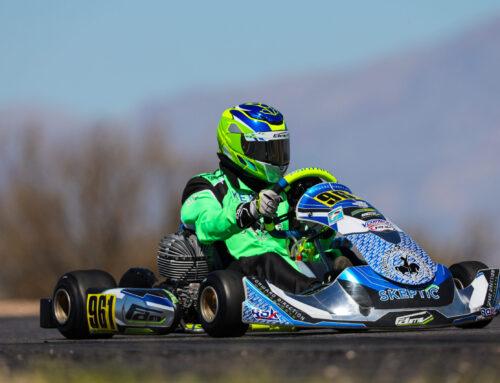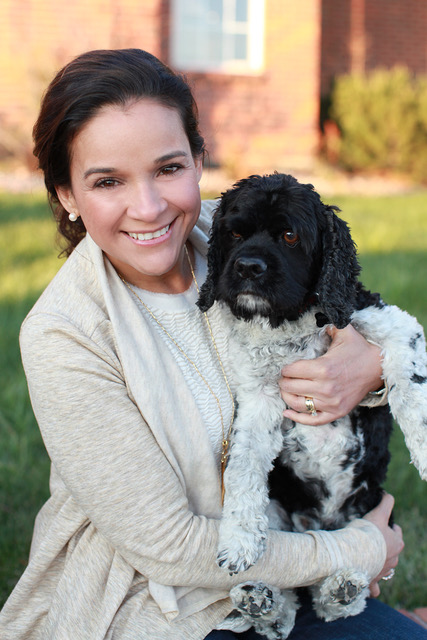
By Ana Reinhardt
Please don’t discard this post as just ‘another post about type 1 diabetes.’ Here is the deal. Friends, when my son Robert was diagnosed three years ago, I knew NOTHING about type 1 diabetes (T1D). November is Diabetes Awareness Month and we are trying to take this opportunity to bring true awareness because at the end of the day, what happens when November is over?
Bringing awareness to Robert’s disease isn’t just about wearing blue every Friday of November, or wearing blue on World Diabetes Day (November 14th). It isn’t just about spreading information about the prevalence of T1D, its risk factors, knowing the signs, symptoms, cause, and management of the disease.
Bringing awareness to T1D is about taking a moment to teach others to be mindful of people that suffer from this disease on a daily basis. It’s about teaching Robert’s teachers to be aware of his blood sugar levels before he sits down to take a test, participates in PE, and practices with his cross country team. Bringing awareness is about teaching his classmates that it’s ok to ask why he wears a device on his arm and on his stomach and not teasing him when his alarms go off. It is about teaching those around him that he must have his medical supplies on him at all times. Yes, this does include when he is riding his bike, playing at the park, and sleeping. It is about teaching others not to stare at Robert when you see him testing his blood sugar in public or when you notice tubing coming out of his shirt.
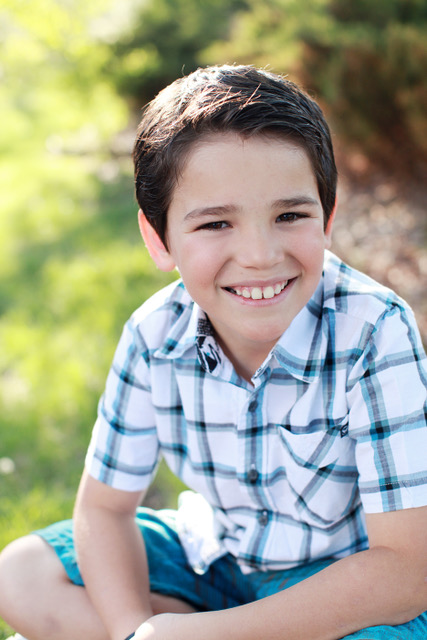 Most importantly, it is about teaching the world that kids with diabetes are strong, resilient, and brave. That they are not contagious, eating too much candy didn’t cause diabetes, and they too can eat what you eat. I use these examples because they are typical stereotypes Robert has to often disprove.
Most importantly, it is about teaching the world that kids with diabetes are strong, resilient, and brave. That they are not contagious, eating too much candy didn’t cause diabetes, and they too can eat what you eat. I use these examples because they are typical stereotypes Robert has to often disprove.
I will not tell you how many times his finger has been pricked, how many injections he has had to give himself, how many pump sites and sensor changes we have had to endure, or how many sleepless nights we have had fighting high or low blood sugars. That wouldn’t bring much awareness. That would solely evoke pity, and pity is not what we are looking for.
We are looking to educate the world about type 1 diabetes because an average of 110 children, whose families are unaware of T1D, are diagnosed each day. My family and I will not stop educating people about this disease in order to create an understanding in people about the truths of what diabetes entails. We do this not only to create a community in which Robert (and other diabetic children) can feel safe and included, but also to encourage him to be a lifelong advocate for himself and all those suffering from T1D.
